-
Yellow Backgrounds In Illustration
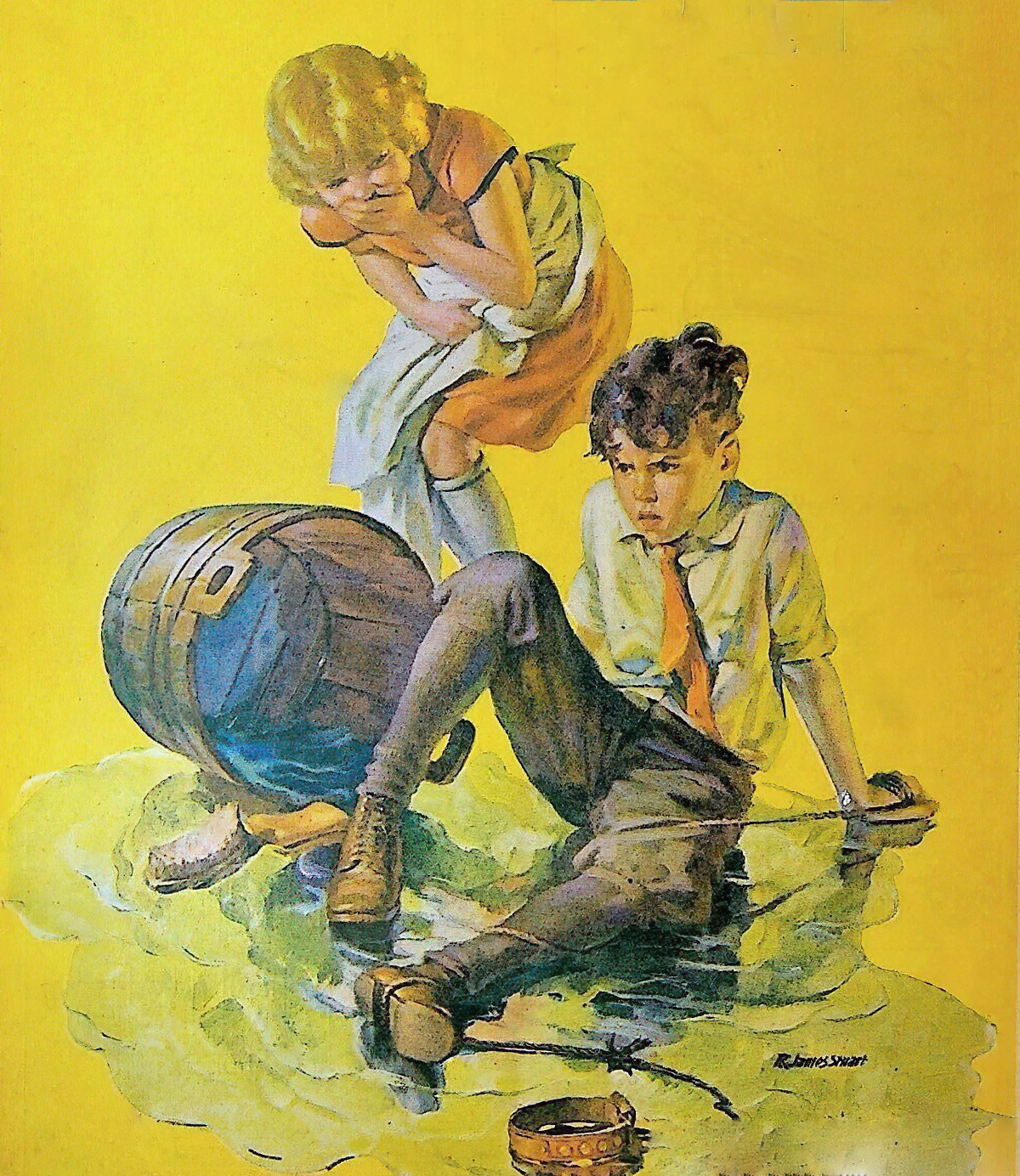
A collection of illustrations with yellow as background.
-
Symbolism of Green
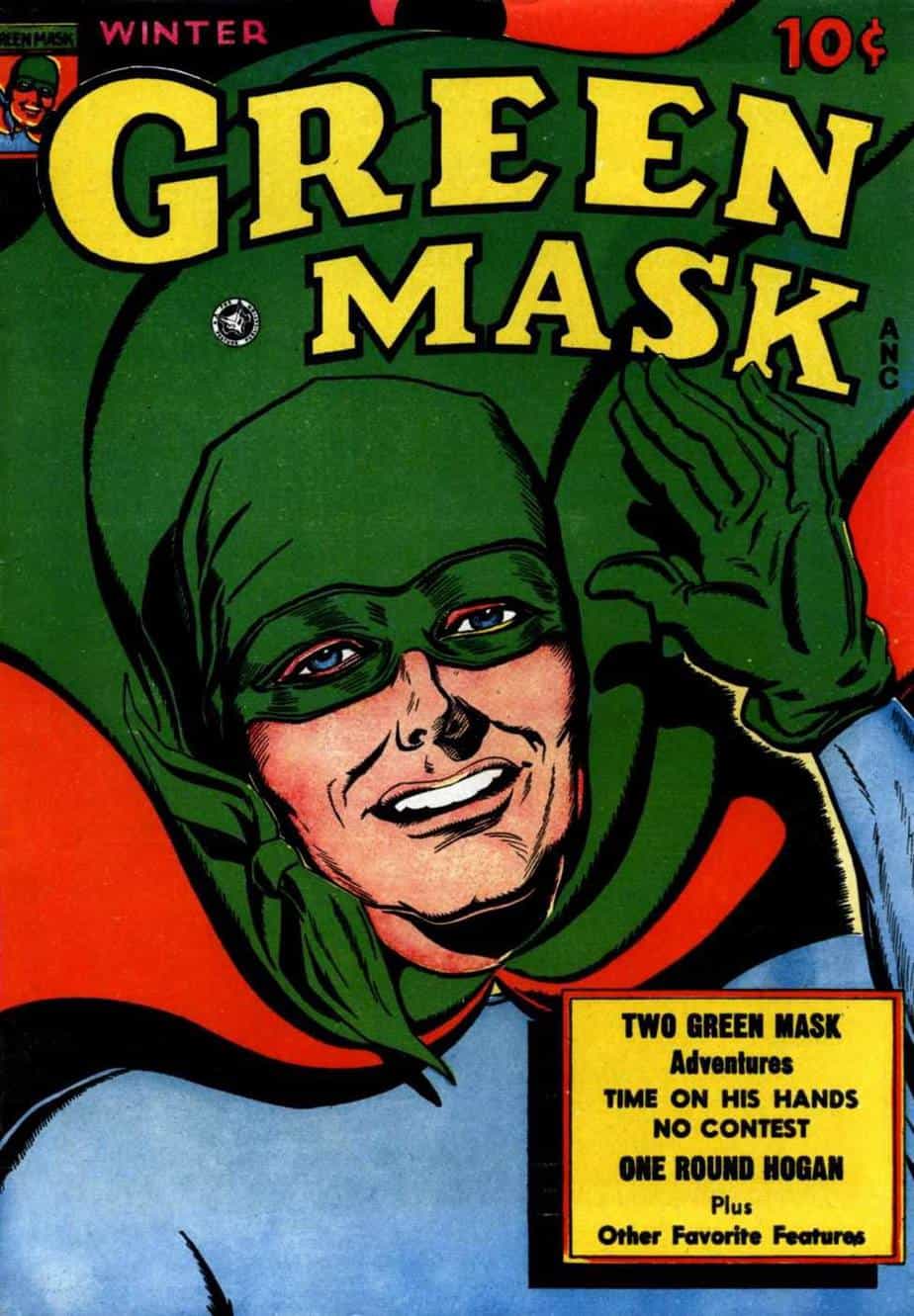
What does green symbolise in art and storytelling?
-
Pink in Illustration
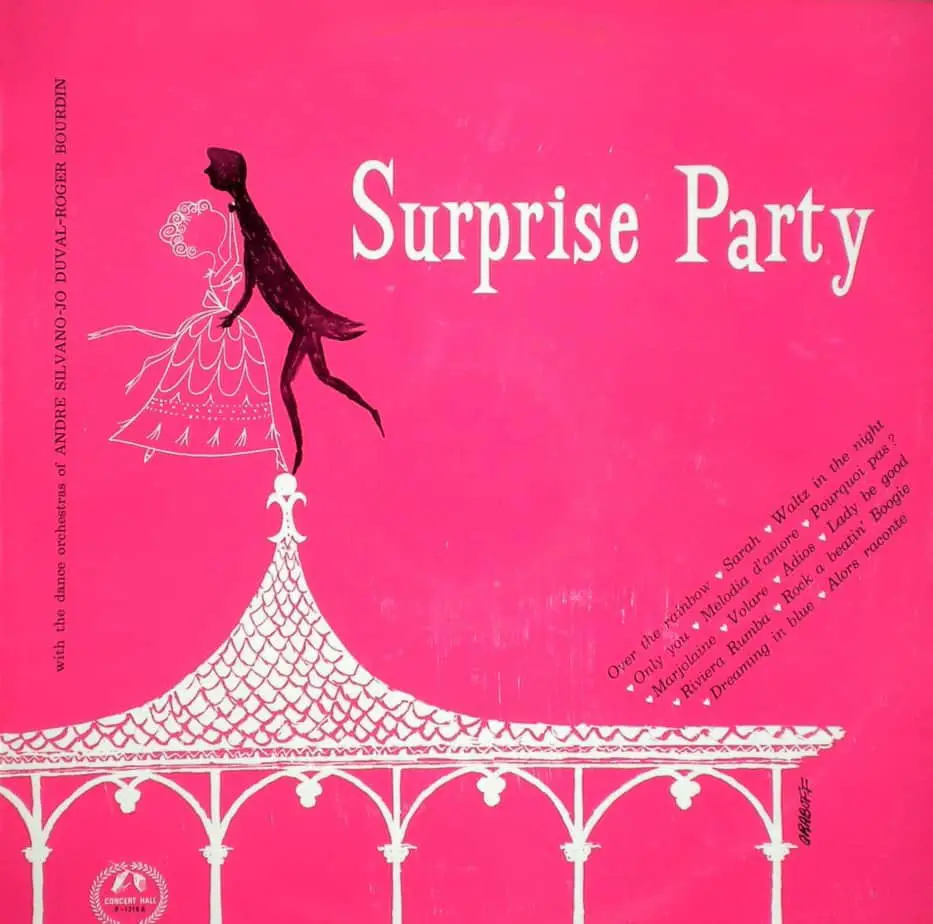
In the last half century or so pink has increasingly become femme coded. This wasn’t the case before the second world war.
-
Red Blue and Yellow Dominant In Artwork
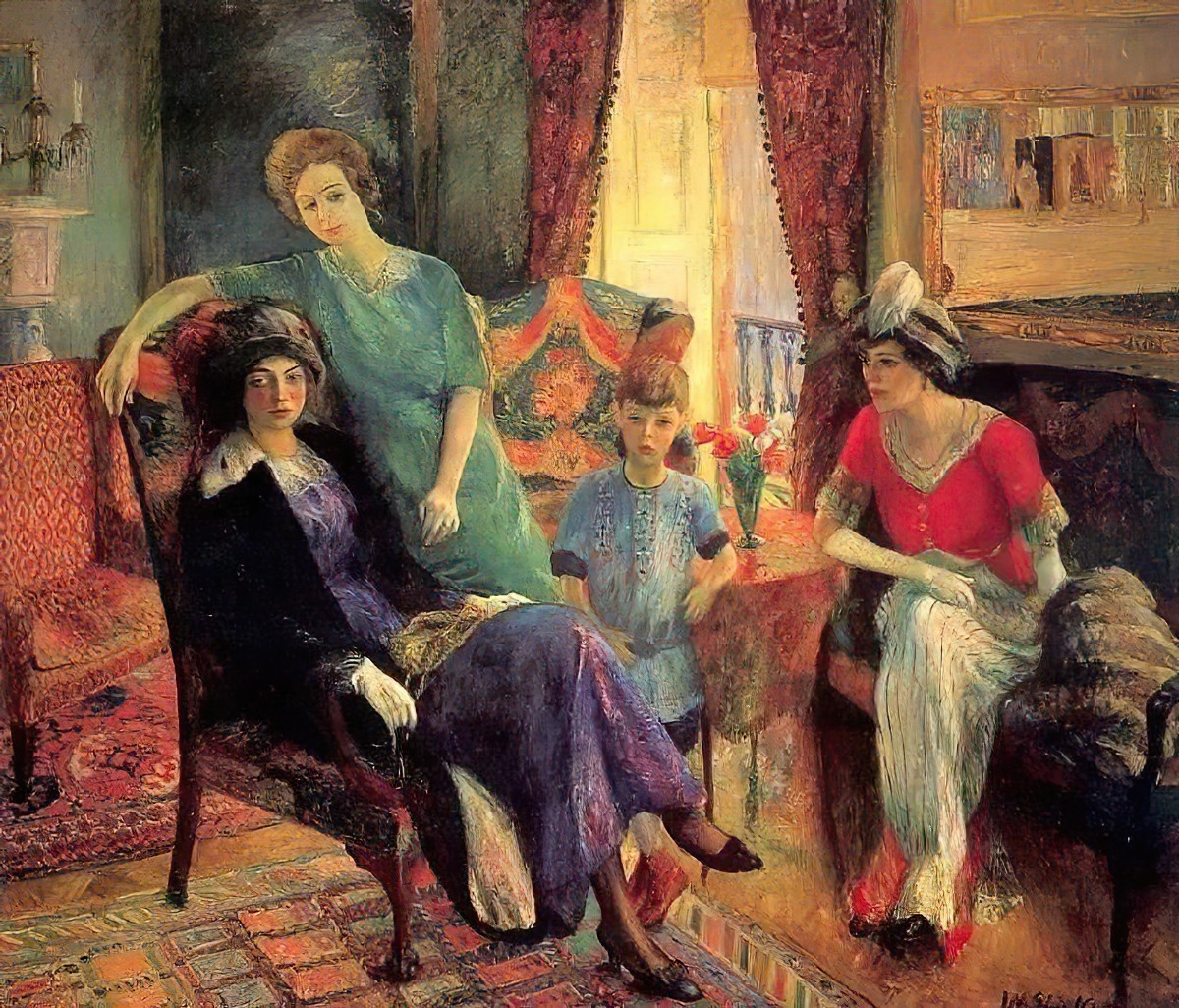
-
Red and Blue Palette in Illustration
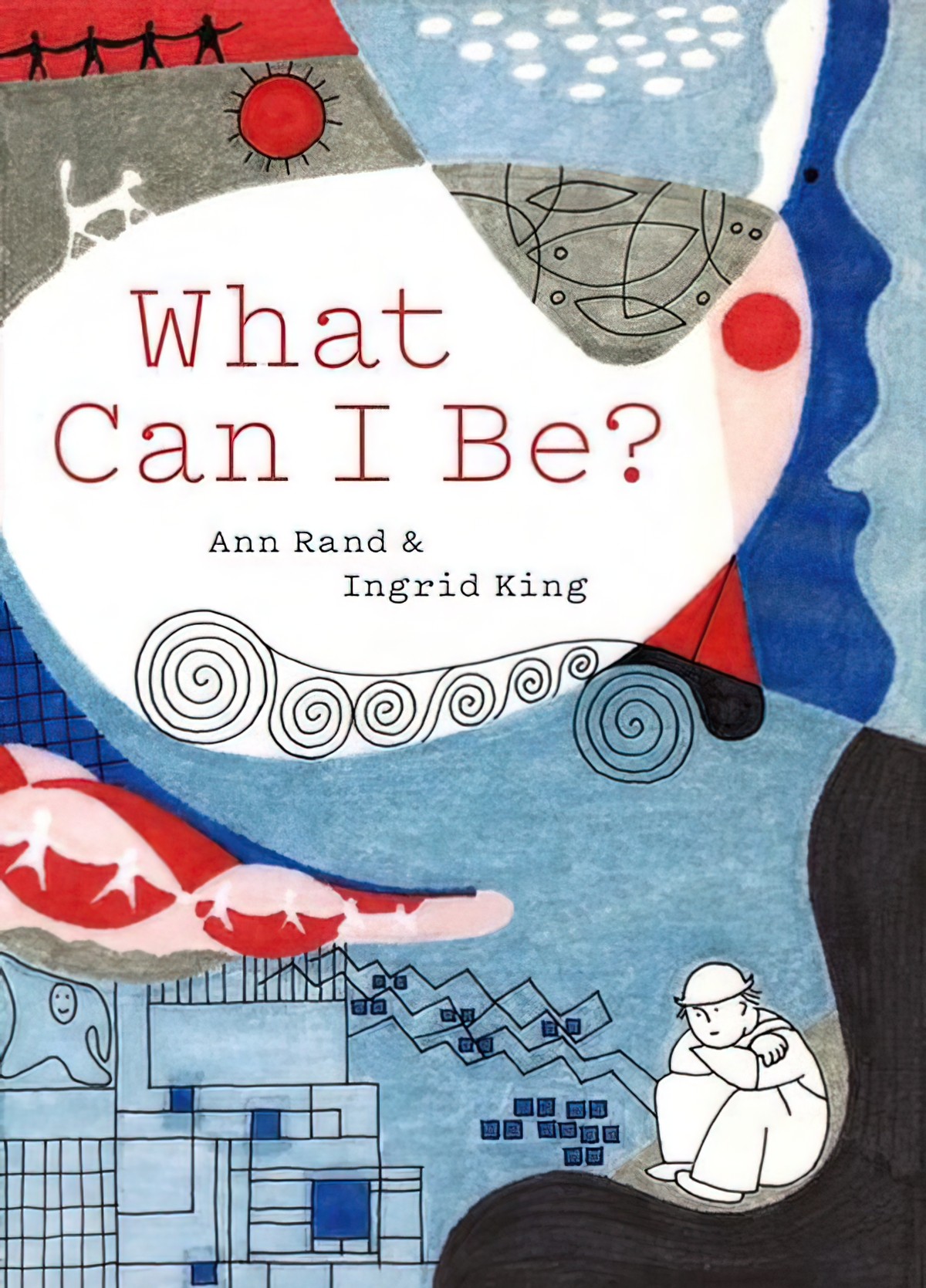
Below are examples of blue and red in art and illustration.
-
Autumn Colours in Illustration
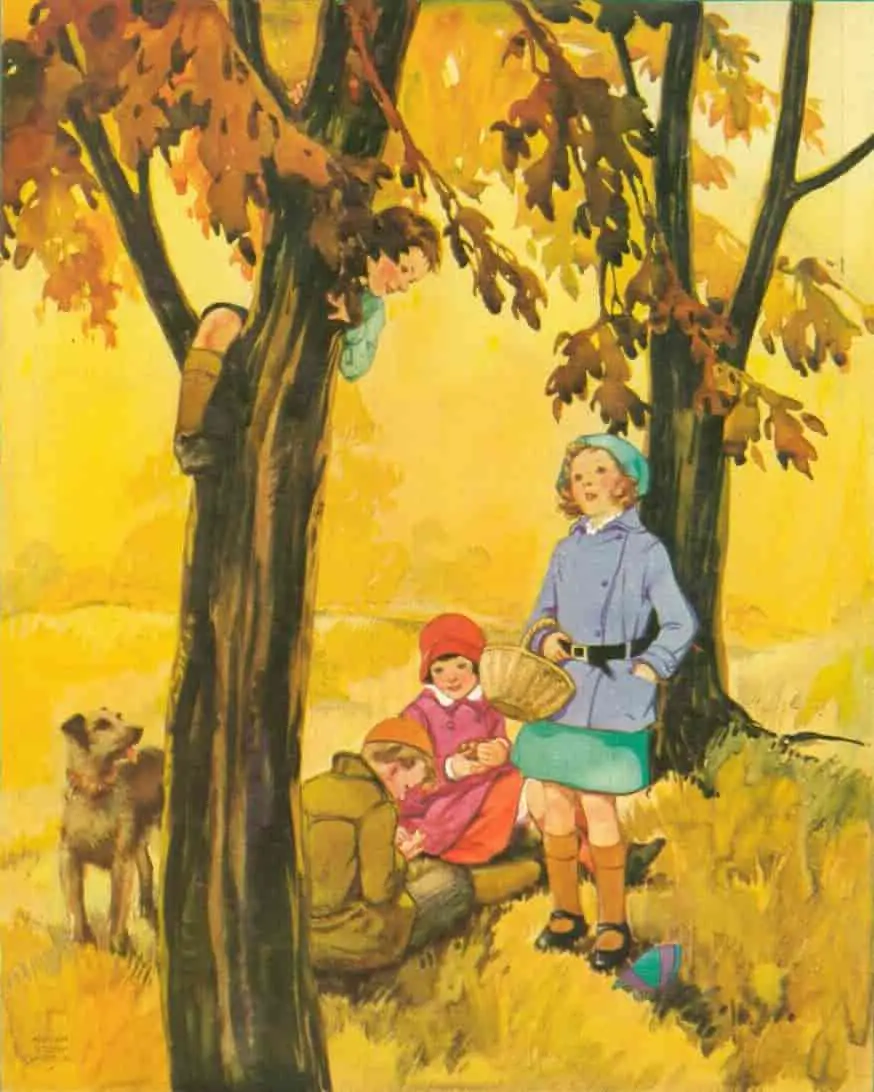
The basic meaning of ‘autumn colour’ is clear. Even within that palette, there is a huge variety of hues illustrators use to depict fall. Below are examples including realism and heightened, saturated fantasy colours.
-
Purple Blooms by Carol Shields Short Story Analysis
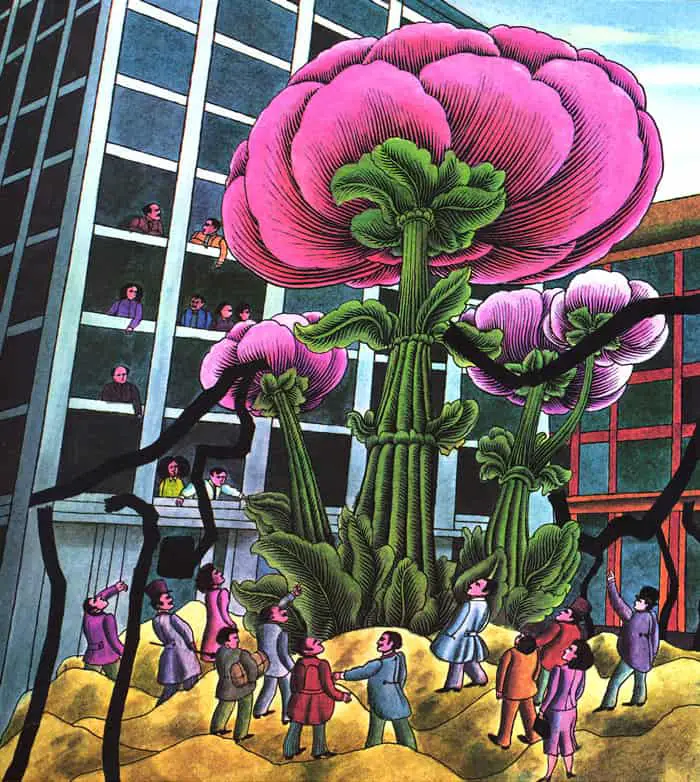
“Purple Blooms” is a short story by American-born Canadian writer Carol Shields (1935 – 2003), included in the collection Various Miracles (1985).
-
The Colour Purple Symbolism
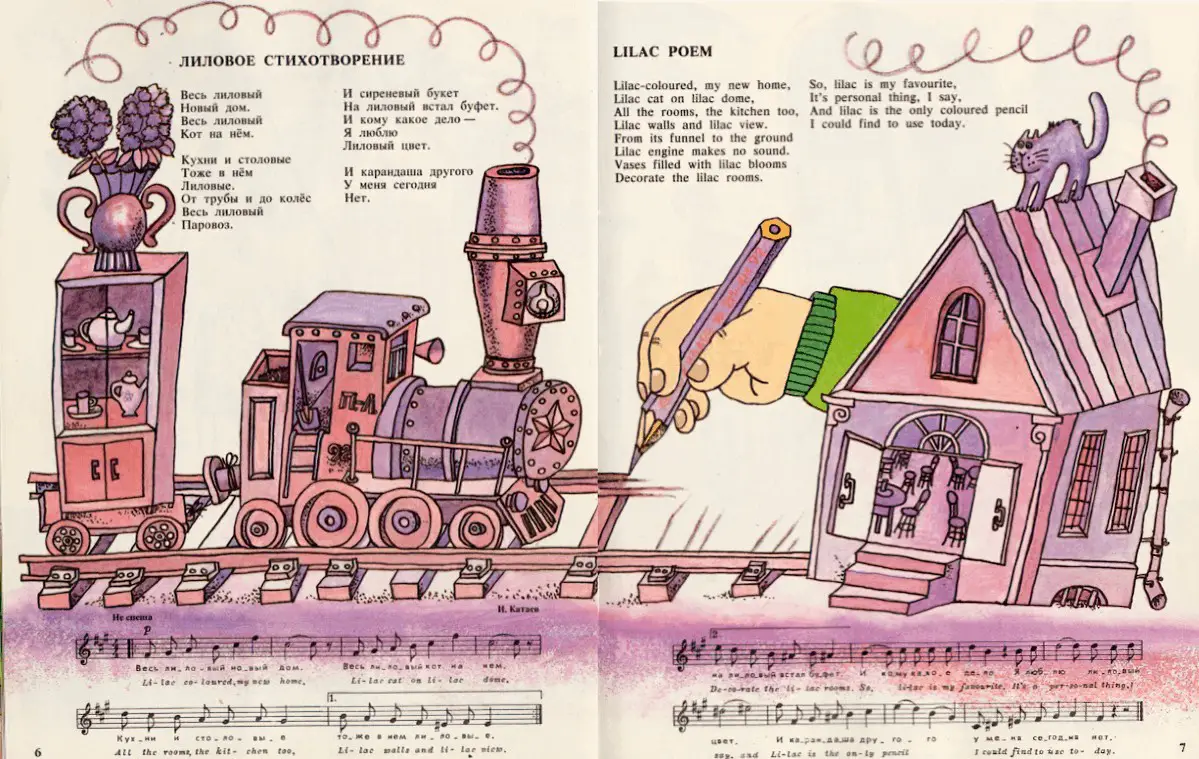
Before the concept for ‘blue’ existed, Homer wrote famously in The Odyssey of the “wine-dark sea.” Sure, it might’ve looked purple even to a contemporary audience, but we know from other writings around the world that the concept of ‘blue’ was late to enter human consciousness. “The Odyssey” suggests that blue was included the concept of purple.
-
Symbolism Of The Colour Blue
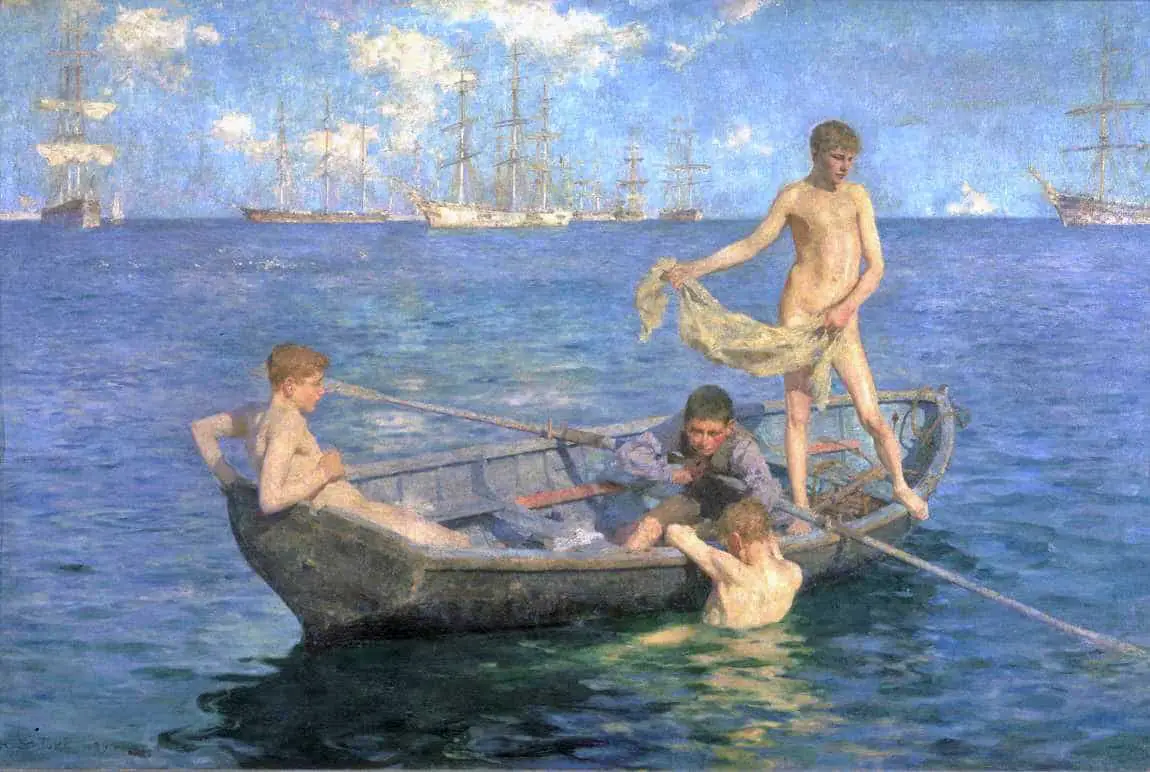
In the “Odyssey”, Homer famously describes the “wine-dark sea.” Well, that’s poetic, isn’t it? But there’s a reason he didn’t just call the ocean blue. There was no term for ‘blue’ in Ancient Greece. People from antiquity didn’t consider blue a separate colour significant enough to name. It’s difficult to find a word that meant […]
-
Yellow and Black in Illustration
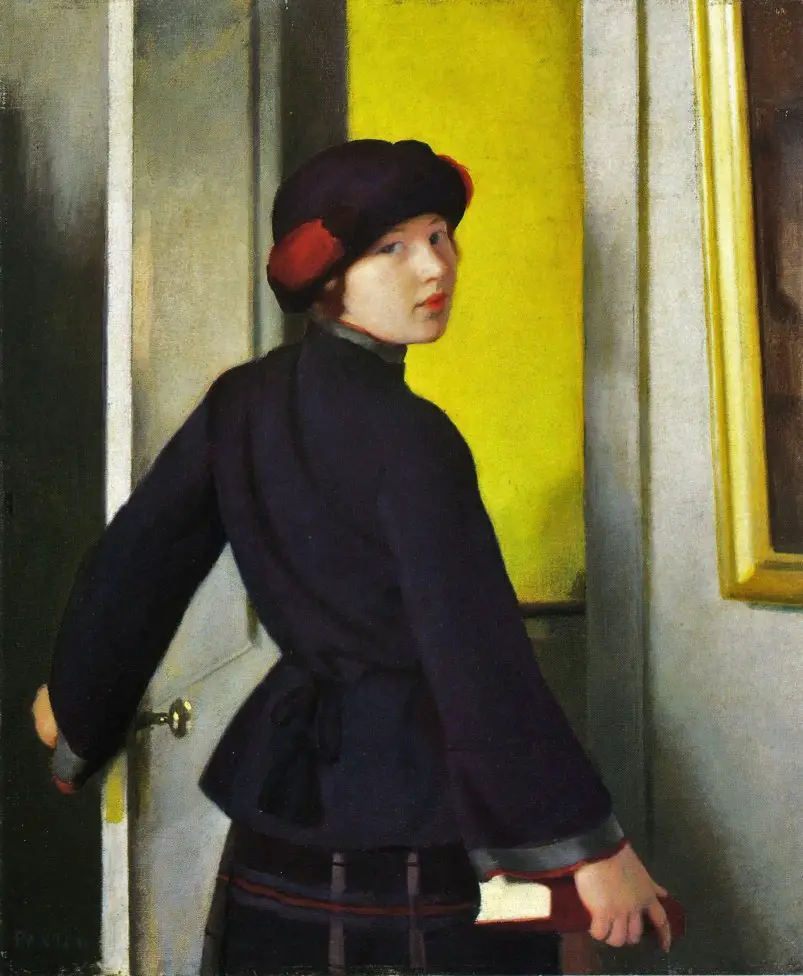
Yellow and black is a fairly common palette in illustration. Hildilid’s Night, Mo’s Moustache, The Happy Day, My Heart and Float are a few picture book examples utilising a greyscale palette with the addition of yellow.
-
Vibrant Palettes Of Czech And Eastern European Illustrators
If you’d like to see some hopeful, vibrant, brightly coloured illustration, let’s visit a part of the world known in recent history for oppessive governments.
-
What is psychedelic art?
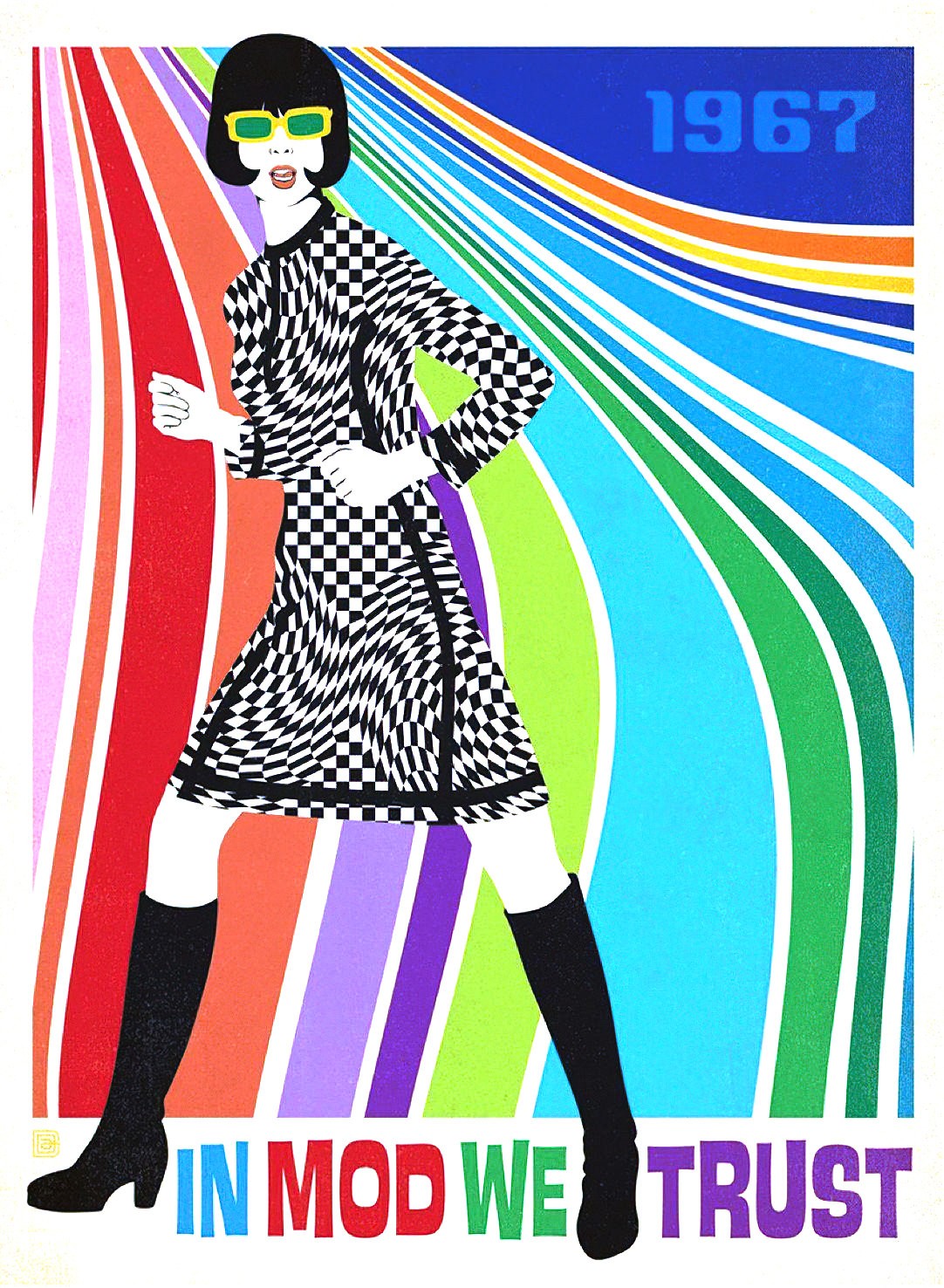
Basically, the word ‘psychedelic’ started out in pharmacology. Because of the visual hallucinations it can cause, the word psychedelic came to apply later to art.
-
Tad by Benji Davies
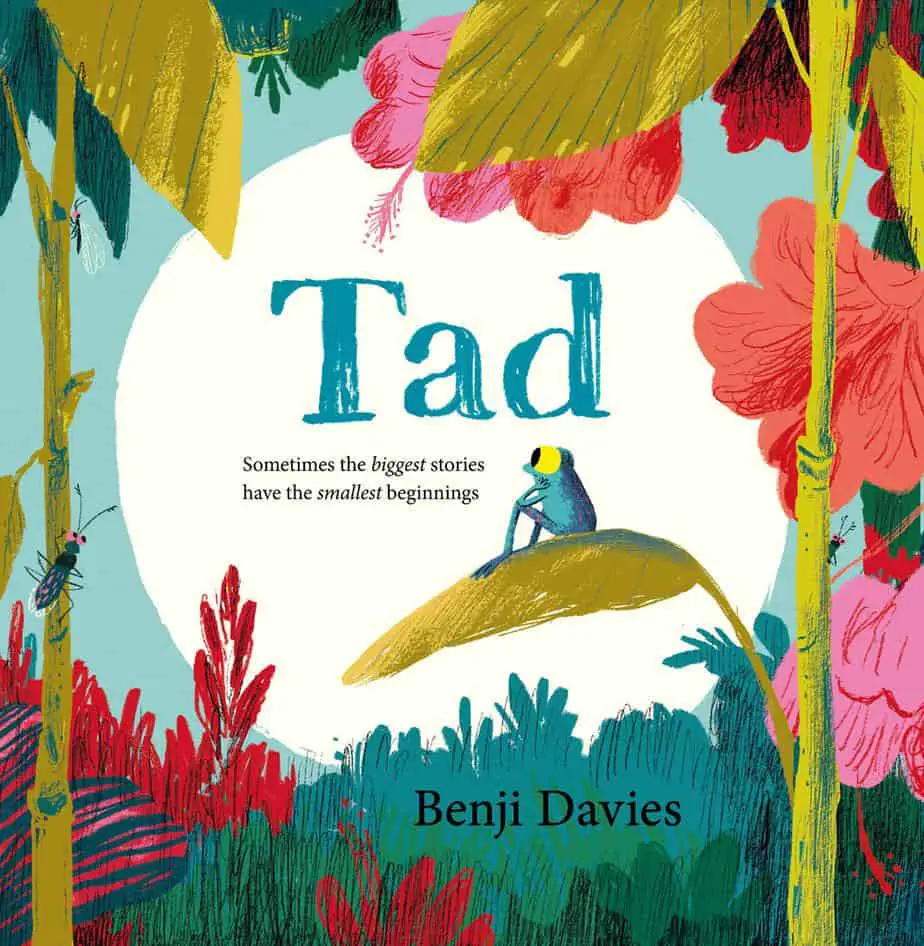
Tad (2019) is a picture book written and illustrated by Benji Davies. This is an especially good mentor text for illustrators because I’ve never seen a better example of a fairly muted colour scheme that suddenly pops after the page turn at the end. I literally said, “Wow!”
-
Symbolism of Black, Darkness and Night
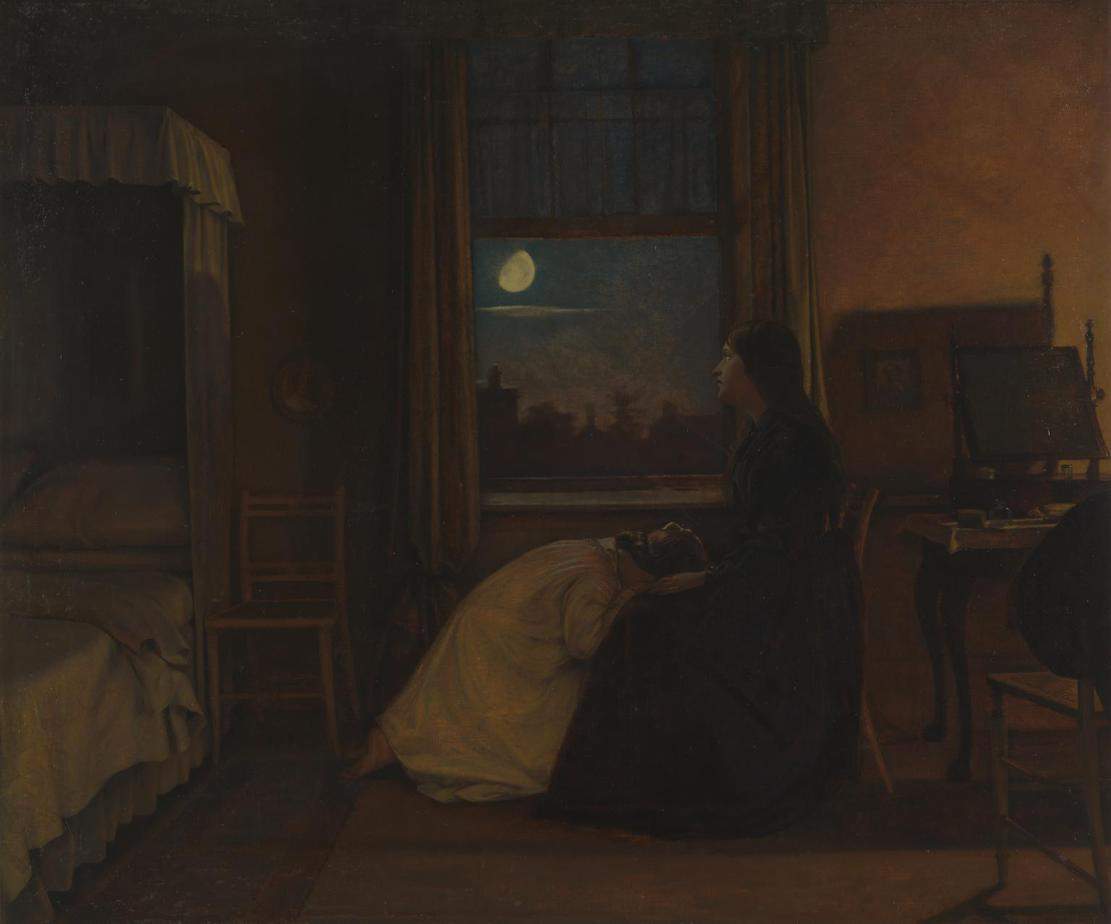
Across the globe, black has negative connotations. This is probably because night-time is black, and historically night-time is the scariest, most dangerous time for humans. Our eyes have evolved for daylight. That’s why I’m combining ‘night’ and ‘black’ when delving into symbolism. Black is not technically a colour, rather an absence of colour. Artists are […]
-
The Farmer and the Clown by Marla Frazee Analysis
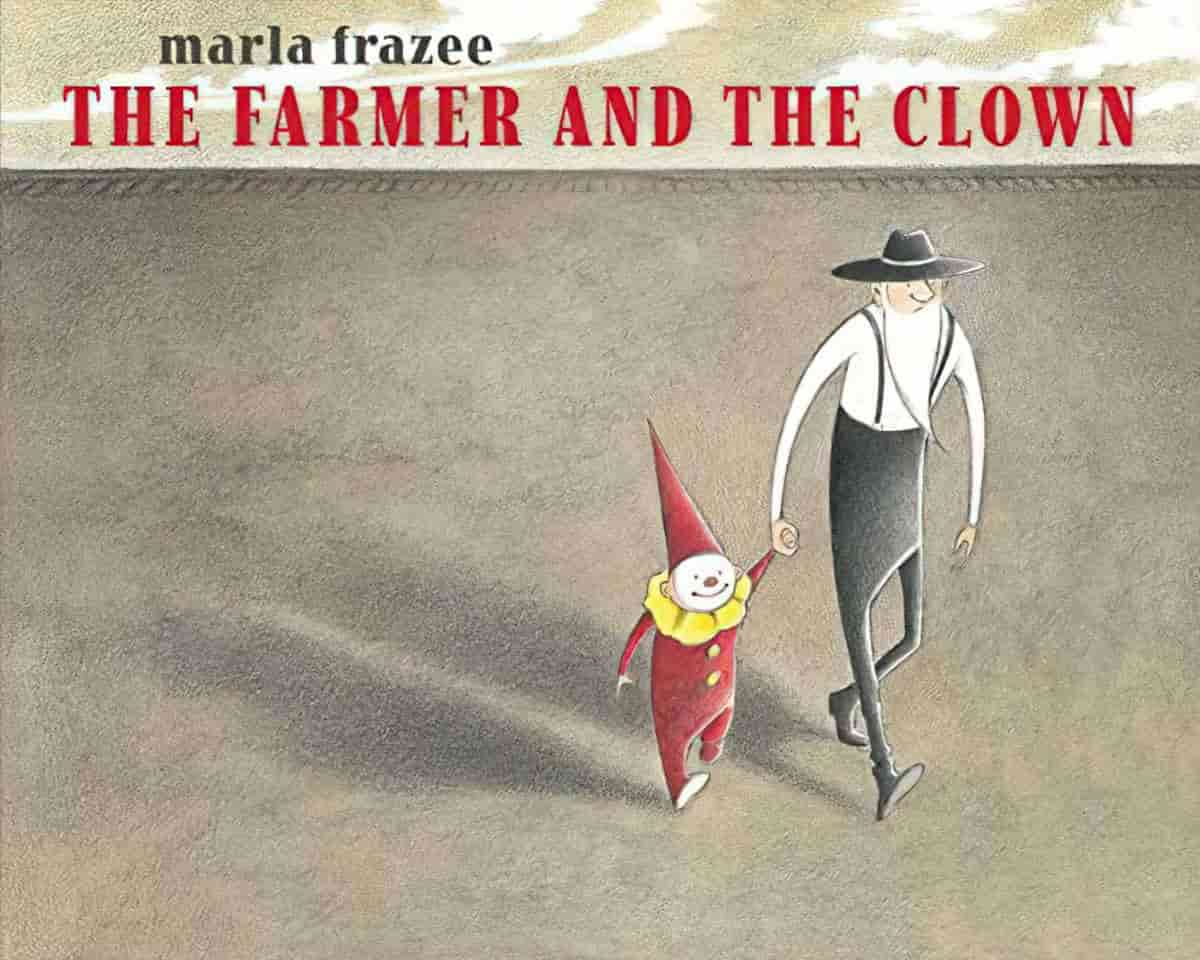
This month I’m blogging a series aimed at teaching kids how to structure a story. This seven-step structure works for all forms of narrative. It works for picture books, songs, commercials, films and novels. Today I take a close look at The Farmer and the Clown by Marla Frazee to show how universal structure exists […]